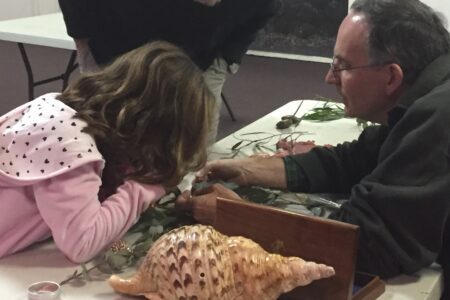Parental guide to digital safety
By Kelly Skilton
The internet is full of the fun, creative and joyous memes, videos and dances, however, it is also full of the scary, adult-only and dangerous corners of the dark web … so where do you start when it comes to creating a safe and controlled online environment for your children?
Safe digital environments are not only about secure passwords and blocked websites—even though these two do make the list! In fact, most of our cyber safety tips actually involve things not online at all. Why? Because the most important steps to keeping your children safe online is about building a shared understanding of our online world.
So let’s dive in to our top-10 safety tips:
- Open communication
A child needs to be able to feel they can share openly and honestly with their adult. Whether engaging with people on the computer or off the computer, it is important to encourage open and honest communications about one’s activities and conversations. By creating an environment where they feel comfortable to discuss their experiences, questions and concerns helps to set the tone for how you navigate your online interactions. - Establish ground rules
Take some time to write up family rules and boundaries together. You might be surprised what they come up with, however, if discussed together these boundaries are more likely to become self-directive. Make sure that you discuss things like time limits, appropriate games and apps, what personal and family information they can and cannot share, who they are allowed to message and who they are not, etc. This also includes discussing and agreeing to what the consequences are if these rules are not followed. - Online behaviour
Take some time to teach your children about appropriate behaviour online. This could include character building behaviour (such as kindness, respect and empathy) as well as specific online etiquette (like writing in all caps is the internet version of yelling; explaining shorthand, like lol or brb; what emojis are appropriate to use and which ones aren’t).
It is also important to address the possibilities of cyberbullies. No doubt they have experienced bullying offline, however, sharing that this happens online too is important; and remind them that you are there for safe and open conversations about their feelings and concerns. - Parental control
Take some time to learn the apps and games that your children are playing, as well as whether there are any parental controls available that you can use. All children test the boundaries and limitations of their environments, it is part of their development. However, limiting access to particular apps and websites helps to create a safety net for their exploration – we cannot always control the actions of others. - Privacy awareness
It is important to teach children the connection between safety and privacy, particularly in social apps and games where they are able to talk to another person (regardless if they are a friend or family member). You may like to discuss things like their full name, address, phone number, their school/church and sharing photos. You can also teach them how to set privacy controls on they can learn how to care for their own information online. - Friendships
Discuss the concept of friends and the potential risks when connecting with other people. Whether you are on or off the computer it is important to teach your children about the concerns of speaking with strangers. It is not often your children have a friend that you, as a parent/guardian, do not know, and so encourage them to share the conversations they are having with their online friends with you. You do not have to comb through every message sent, however, encouraging your children to speak with you about their conversations shows that you are curious about their interests and friendships. This also helps you to monitor these conversations in an open and safe manner. - Warning signs
Help your children to recognise and understand the warning signs of inappropriate and harmful encounters. These could be about negative or rude comments, inappropriate questions and requests from others, and what to do if they find out any information (from a friend, the news or in a picture) that makes them feel uncomfortable or worried. Remind them that you are there for safe and open conversations and to come and let you know if any of these things happen. - Gaming
If your child plays online games, it is important to remind them about friendships, privacy and behaviour in these arenas, too – reiterate that the same rules for other digital engagement applies also applies in the gaming world. Part of gaming culture is the use of handles/avatars/usernames; by remaining open and curious about the games your children play includes an awareness to the profiles they are interacting with and what names they go by in these spaces. Other ways to engage in this space could be about making your own profile and joining in, learning the risks and helping your child navigate the gaming platform; such as how to set privacy, report inappropriate behaviour and even taking the time to engage in game play with them. - Passwords
Make sure you take the time to explain and teach your children what a strong, unique and secure password includes. Creating a password together helps you teach these skills to your young person, as well as keeps you in the loop. Remind them that having the same password for everything is not a very good technique, and encourage them to share their various password combinations to keep up the level of learning and open dialogue. - Environment supervision
When your child is at the computer it is important that you continue to maintain a level of supervision in both the physical space you are in as well as the digital space your child is in. Though watching YouTube or a movie can seem like a low-risk in our physical environment, it can still remain a high-risk in the digital environment. To maintain adequate supervision means being alert to the risks and content accessible to your children and monitoring their engagements effectively.
Hopefully you are able to put these tips into practice, and maybe even take some time to explore the digital world a little more yourself.





